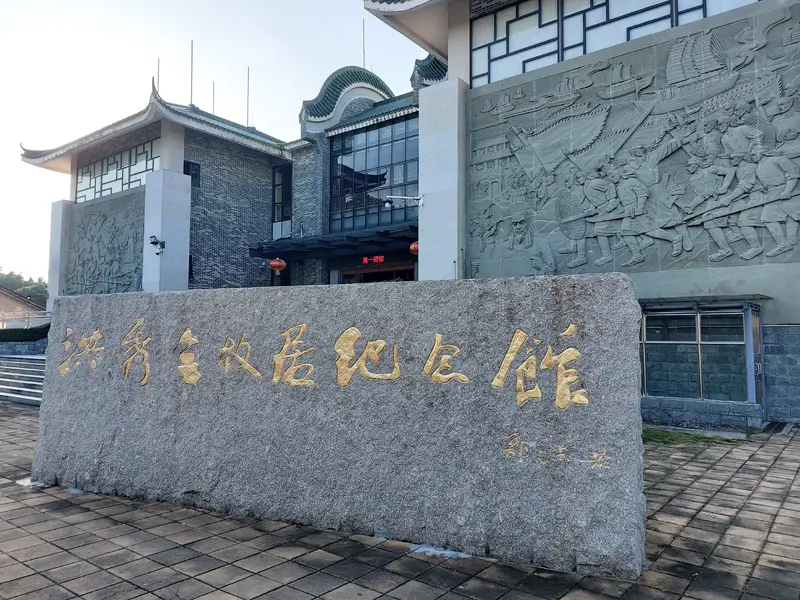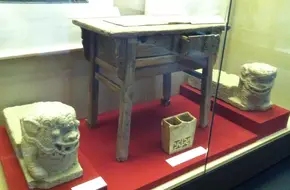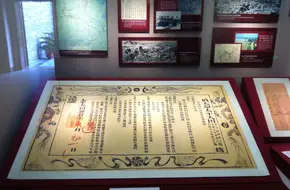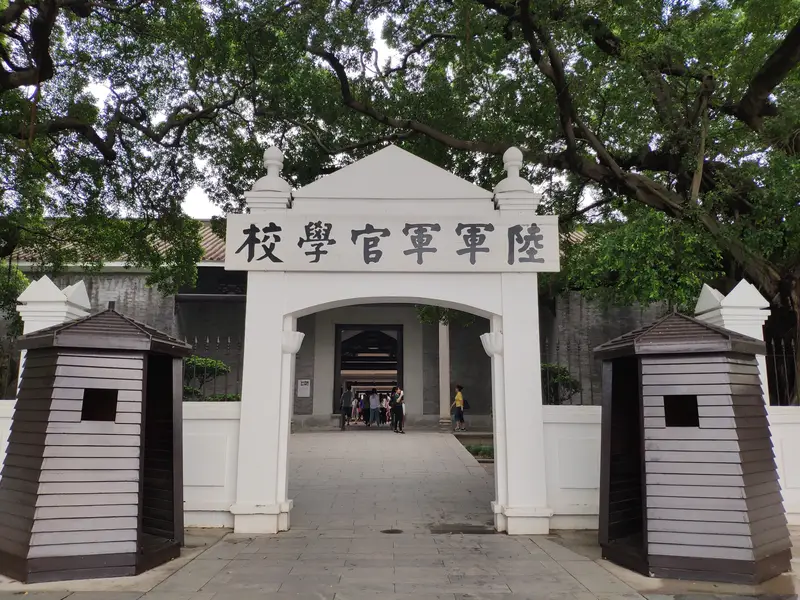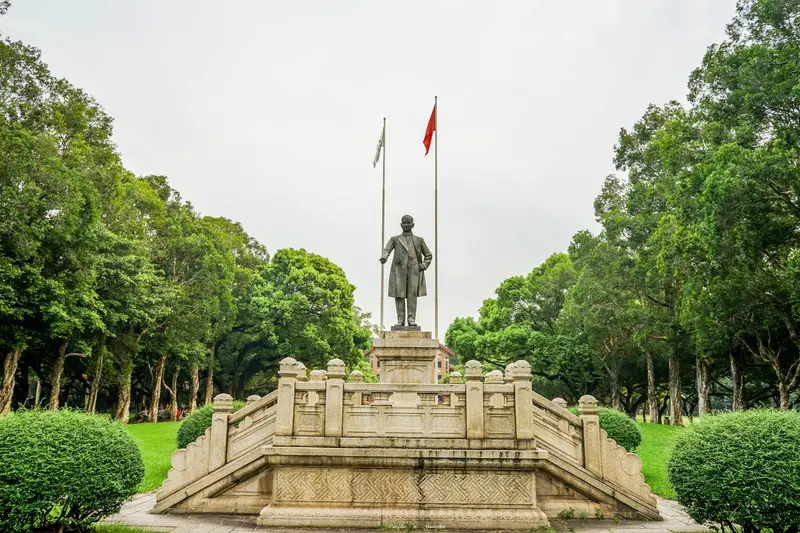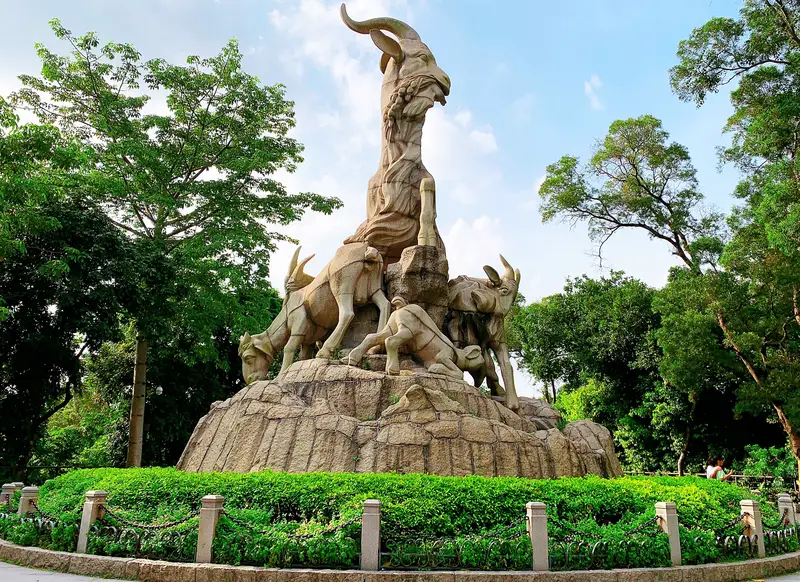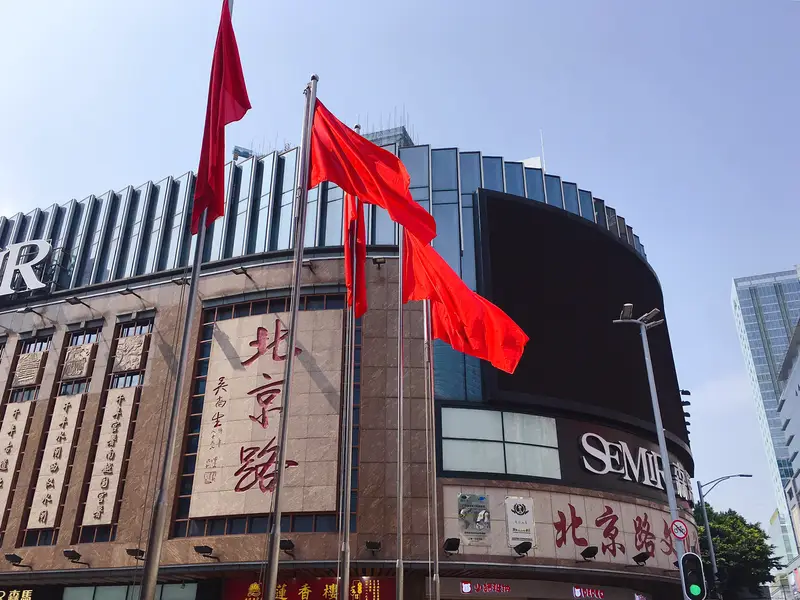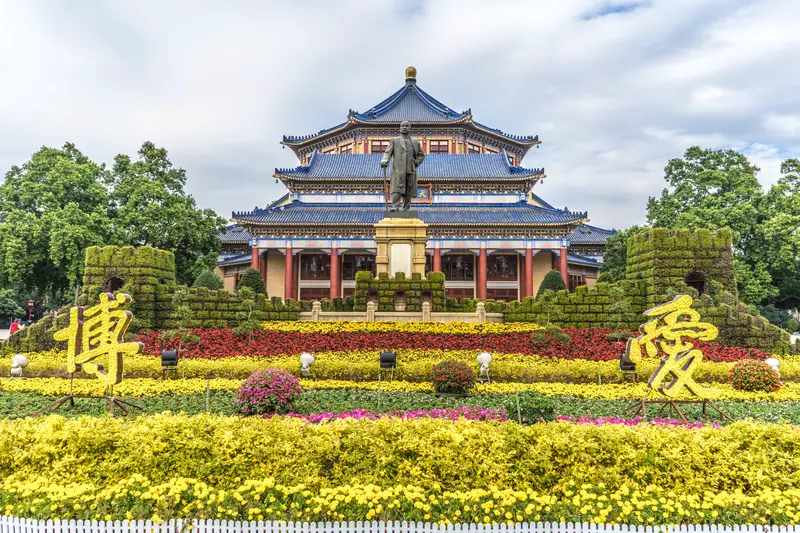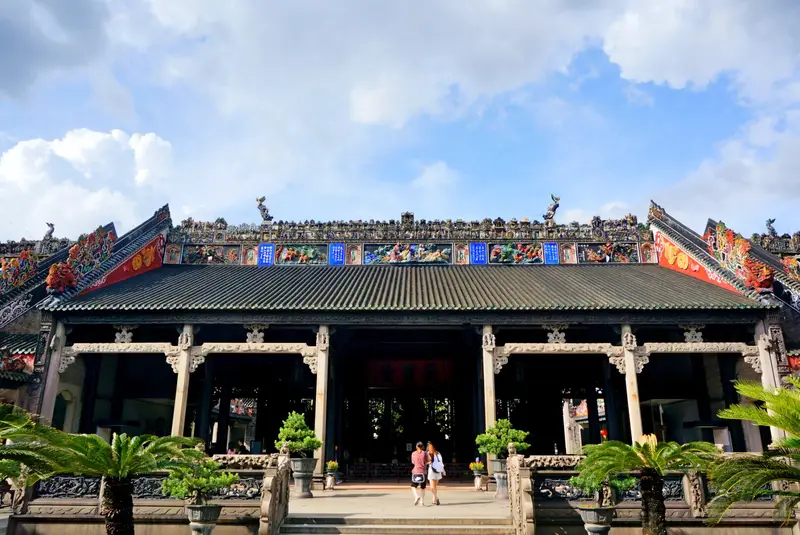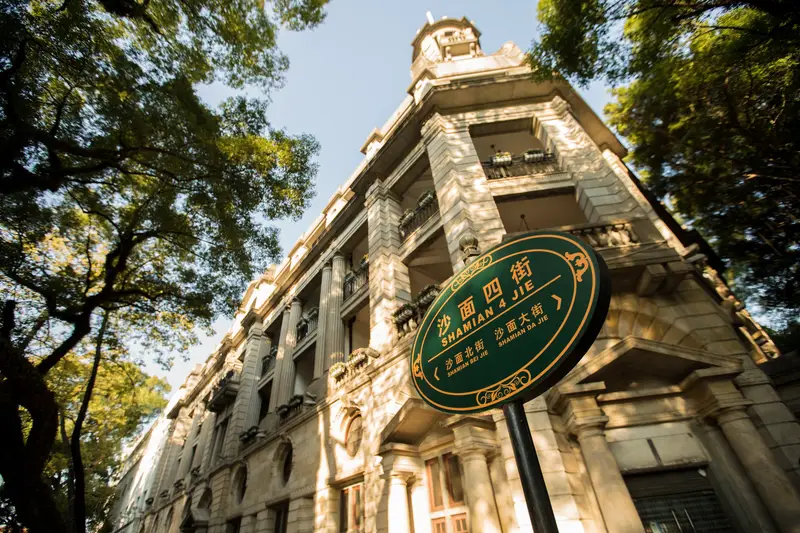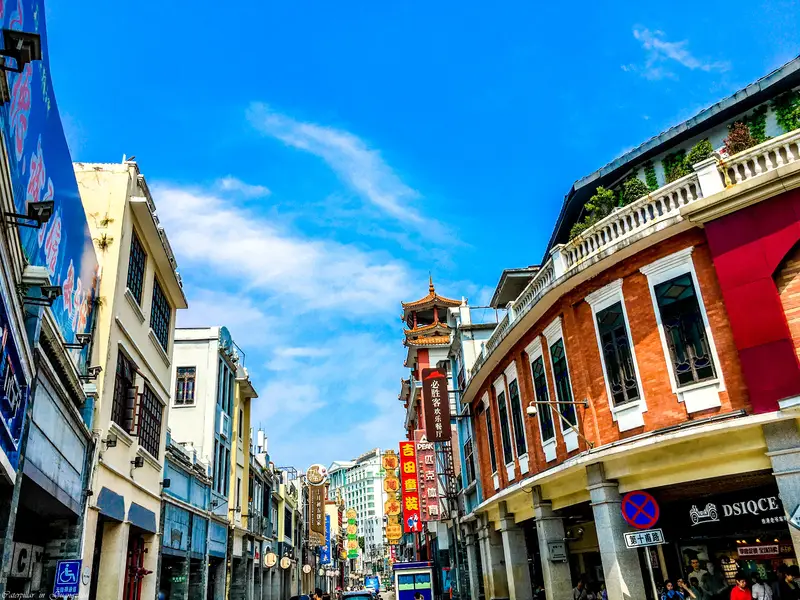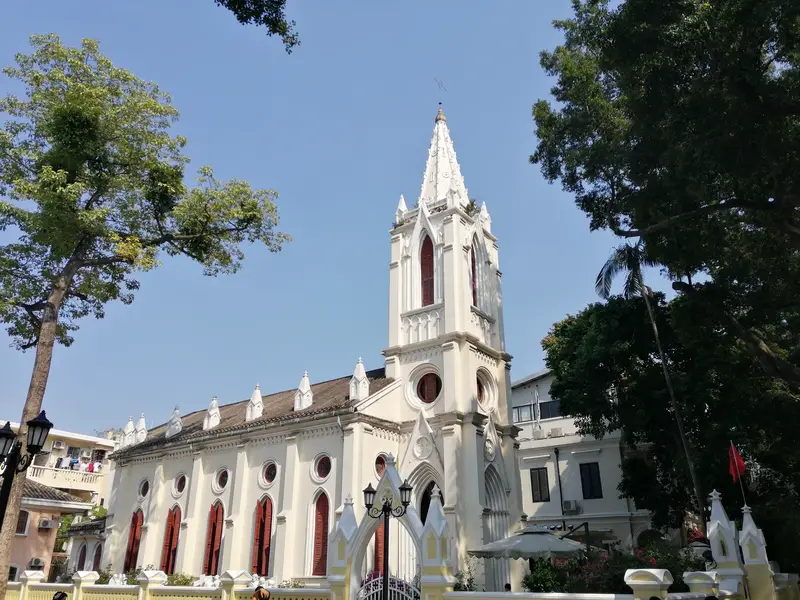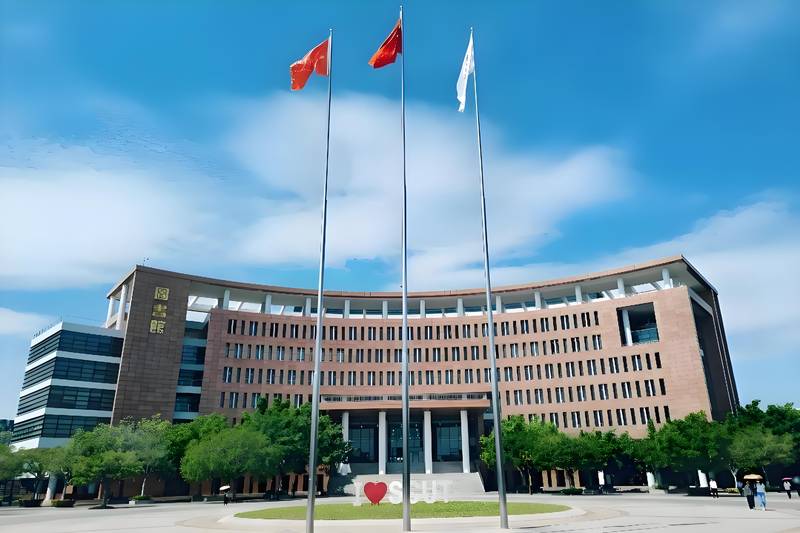Hong Xiuquan Former Residence Memorial Museum sits in a tranquil village setting in Xinhua Town, Huadu District, Guangzhou. The address is Xinhua Road No. 52, easy to reach by car or public transport. If you’re coming from downtown Guangzhou, take the subway to Huadu Square Station and transfer to a local bus—it’s a peaceful escape just 30 minutes north of the city.
Natural Scenery & Surroundings
The museum blends seamlessly into its rural environment. Surrounded by lush fields and low hills, the area feels like a window into traditional Chinese countryside life. You’ll see farmers tending rice paddies and water buffalo grazing nearby, offering a stark contrast to the bustling city. The air is fresh, and quiet paths let you wander at your own pace.
Cultural & Historical Highlights
This site is where Hong Xiuquan, the leader of the Taiping Rebellion, spent his early years. The original cottage was destroyed by Qing troops in 1851, but a reconstructed version gives you a sense of his humble beginnings. The “Five Dragons Over the Spine” layout—a row of six connected rooms—mimics Hakka residential design. Inside, simple furnishings like wooden beds and tables reflect Hong’s modest upbringing.
The museum’s exhibitions dive deep into Hong’s story. Four main halls trace his journey:
- Early Life: Raised in poverty, Hong studied confucian texts but grew frustrated with corruption. His radical ideas led him to found the “God Worshippers” movement.
- Golden Temple Uprising: Interactive displays and red-flag backdrops recreate the fiery energy of the 1851 rebellion in Jin田, Guangxi.
- Tianjing Defense: A mock palace setting highlights the短暂 glory of the Taiping regime.
- Final Stand: Dark, crumbling walls evoke the悲壮 collapse of the rebellion.
Facilities for Visitors
The museum is visitor-friendly. A spacious parking lot greets drivers, while a clean visitor center offers maps and English-speaking guides. Restrooms and a small gift shop selling local crafts round out the amenities. Spend a few hours here, and you’ll leave with a deeper understanding of both Chinese history and Hakka culture.
Immersive Experience Tips
Walking through Hong’s rebuilt home feels like stepping into the past. The exhibits mix old relics (like Hong’s ancestor’s portraits) with modern touches like LED-lit timelines. Don’t rush—the museum encourages slow exploration. Afterward, stroll around the adjacent village to see traditional Hakka architecture up close. For history buffs, this spot beats generic tourist traps any day!
Pro Tip: Visit on a weekday morning to avoid crowds. Pair your trip with a visit to Huadu Lake or Baiyun Mountain for a full-day adventure.


